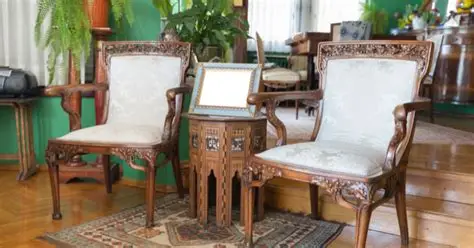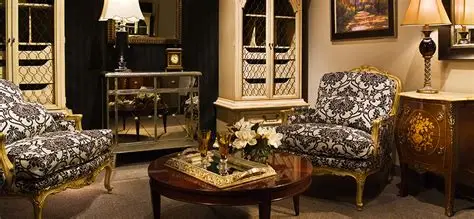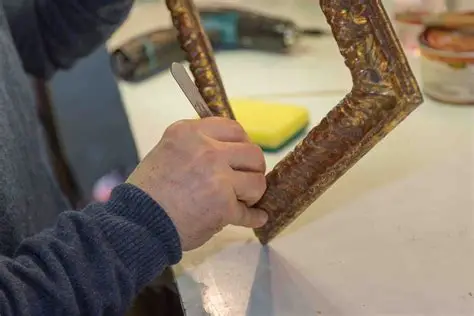
How to Identify Genuine Antique Pieces
Collecting antiques can be rewarding, but identifying genuine pieces requires knowledge and careful observation. Understanding authenticity, craftsmanship, and historical context helps collectors make informed decisions and avoid reproductions.
Examine Materials
Authentic antique furniture is usually made from solid, high-quality wood. Common woods include oak, mahogany, walnut, and cherry. Check for signs of aging, such as patina, slight warping, or natural discoloration. Modern reproductions often use plywood or veneers, which lack the depth and richness of aged wood.
Inspect Joinery and Construction
Handcrafted joinery is a key indicator of genuine antiques. Look for dovetail joints, mortise-and-tenon connections, or hand-cut nails. Irregularities in joints suggest the piece was handmade. Machine-made uniformity usually indicates a reproduction.
Assess Finishes
Original finishes develop a natural patina over decades. Look for subtle changes in color, minor cracks, or wear in high-contact areas. Avoid pieces with overly shiny or uniform finishes, as these may indicate modern refinishing that can affect value.
Look for Tool Marks
Hand tools leave unique marks that reveal the piece’s age and craftsmanship. Scratches from planes, chisels, or saws are common on genuine antiques. Smooth, perfect surfaces often suggest modern machine production.
Evaluate Hardware
Antique furniture often features brass, iron, or wooden hardware. Examine handles, hinges, and locks for signs of age, including tarnish or wear consistent with the furniture’s era. Reproductions may use new hardware or artificially aged pieces that lack authenticity.
Check for Provenance
Provenance, or a documented history of the piece, enhances authenticity. Receipts, labels, or maker’s marks provide insight into origin, age, and previous ownership. Researching the furniture’s history can help confirm its legitimacy.
Consider Style and Era
Familiarize yourself with furniture styles from different historical periods. Recognizing design elements, carving patterns, and typical proportions allows you to spot inconsistencies that may indicate a reproduction.

Trust Your Senses
Genuine antiques often feel solid. The wood may have a warm, rich smell, and the furniture may carry subtle signs of age. Combining visual inspection with tactile evaluation increases your confidence in identifying authentic pieces.
Conclusion
Identifying genuine antique pieces requires careful observation of materials, joinery, finishes, tool marks, hardware, and provenance. Knowledge of historical styles and a hands-on approach are essential for distinguishing authentic furniture from reproductions. By applying these techniques, collectors can make informed decisions and build a valuable, timeless collection.







